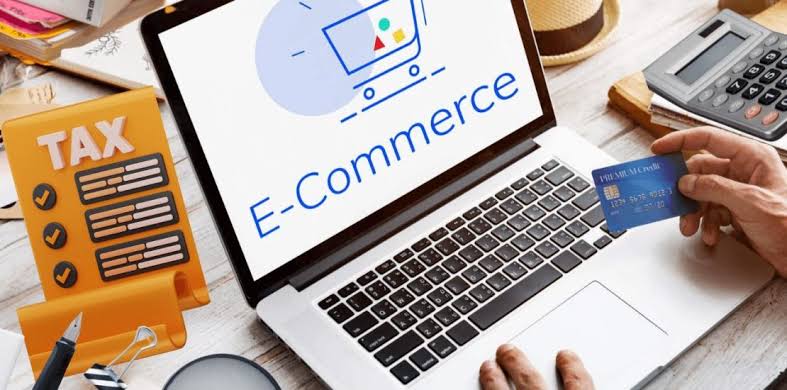The Ultimate Tax Strategy Guide for eCommerce Founders
Running an eCommerce business is tough enough with supply chains, ads, and customer service but when tax season comes around, many founders are caught off guard. The truth? Taxes don’t have to be painful. With the right strategy, you can reduce your tax bill, free up cash flow, and reinvest back into growth.
9/3/20252 min read


Running an eCommerce business is tough enough with supply chains, ads, and customer service but when tax season comes around, many founders are caught off guard.
The truth? Taxes don’t have to be painful. With the right strategy, you can reduce your tax bill, free up cash flow, and reinvest back into growth.
Here’s a step-by-step tax strategy guide for eCommerce founders that goes beyond basic compliance and helps you keep more of what you earn.
Step 1: Choose the Right Business Structure
Your entity type determines how you get taxed. Too many founders stay sole proprietors when an LLC or S-Corp could save them thousands.
👉 Examples:
Sole Proprietor / Single-Member LLC: Simple, but you pay self-employment taxes on all profit.
S-Corp: Lets you split income between salary + distributions, often lowering overall taxes.
C-Corp: Useful for brands raising investment, but not always tax-efficient for smaller stores.
Tip: Revisit your structure every year as you scale. What saved you money at $10K/month may be costing you at $100K/month.
Step 2: Track Every Deduction You Qualify For
ECommerce founders often leave money on the table because they don’t track deductible expenses.
Some overlooked tax deductions:
Merchant processing fees (Stripe, PayPal, Shopify Payments)
Advertising spend (Facebook, Google, TikTok)
Home office, internet, and phone use
Software tools (Shopify apps, Klaviyo, QuickBooks, A2X)
Mileage for business trips (yes, even to the post office)
👉 A good bookkeeping system ensures you never miss these.
Step 3: Plan for Sales Tax (the Silent Profit Killer)
After the 2018 Wayfair vs. South Dakota ruling, eCommerce sellers must collect and remit sales tax in states where they have “nexus” (economic presence).
👉 Example: Sell $100K+ or 200+ transactions in a state = you may owe sales tax there.
Fix:
Use tools like TaxJar or Avalara to automate compliance.
Don’t wait until tax season states can hit you with penalties and interest if you ignore this.
Step 4: Make Quarterly Estimated Tax Payments
Waiting until April is the fastest way to get slammed with a huge bill + IRS penalties.
👉 Instead, pay quarterly estimated taxes (April, June, September, January).
This keeps cash flow steady and avoids surprises.
Pro tip: Set aside 20–25% of net profit in a separate “tax savings” account every month.
Step 5: Use Advanced Tax Strategies as You Scale
When your brand grows past $20K–$50K/month, you unlock more advanced strategies:
S-Corp salary optimization: Reduce self-employment tax.
Retirement plans (Solo 401k, SEP IRA): Shelter more profit.
R&D credits: Yes, if you’re improving packaging, logistics, or technology.
Inventory planning: Deduct costs in the year purchased (with the right method).
These strategies can mean tens of thousands in savings each year.
Step 6: Don’t Forget International Sales & Duties
Selling to the UK, EU, or Canada? Each has its own VAT/GST rules. Ignoring them can block shipments or trigger big fines.
👉 Example: UK now requires VAT collection at the point of sale for orders under £135.
Fix: Work with an accountant who understands global eCom rules not just local tax codes.
Final Thoughts
Most eCommerce founders focus on growing revenue but forget that profit is what you keep after taxes.
By following this step-by-step tax strategy:
✅ You’ll minimize surprises
✅ Reduce overpayments
✅ Free up cash for ads, inventory, and growth
And when combined with smart bookkeeping + CFO-level guidance, tax planning becomes a growth strategy, not just a compliance headache.
© 2018-2025. All rights reserved.
Clearlyze
Quick Links
Meet our Team
Blog
Contact
For Support & inquiries:
📧 team@clearlyze.com
🌍 Serving Clients Worldwide
Accounting Calculators
